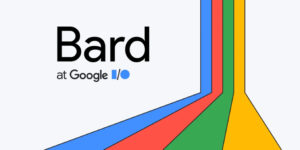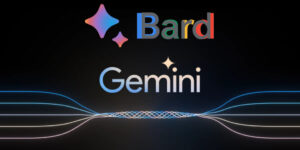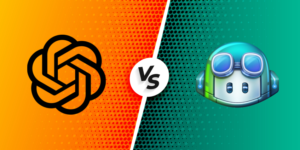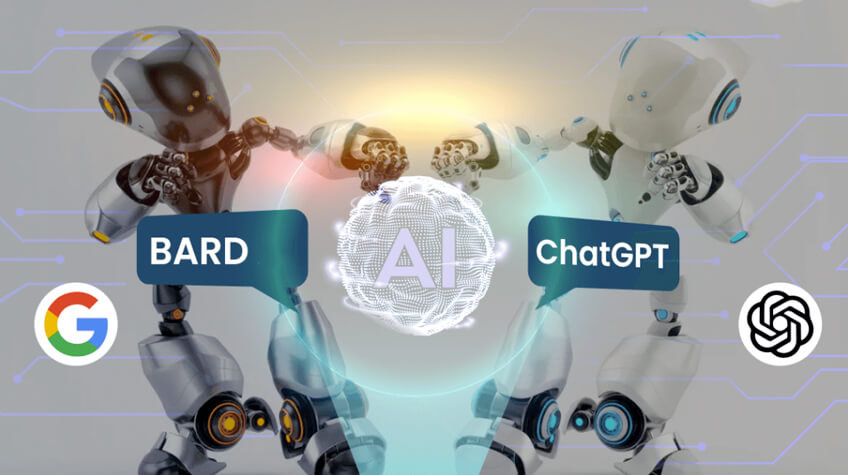
Google recently announced a new language model called Google Bard AI, aiming to improve the quality and accuracy of language generation systems. At the same time, OpenAI’s language model, ChatGPT, has been around for some time and has established itself as one of the leading models in the field.
One of the critical dissimilarities between the two models is their training data. Google Bard will utilize data available on the net and has access to all the latest data, which is a huge plus point. On the other hand, ChatGPT was trained on a massive amount of internet text data, which gives it a deep understanding of how language is used in various contexts. But it is updated till 2021.
Another difference is the architecture of the models. Google Bard uses a transformer-based architecture, a neural network that handles sequential data. ChatGPT, on the other hand, uses a transformer-based architecture that is fine-tuned with a smaller neural network, providing a more compact representation of language.
In terms of performance, both models are capable of generating high-quality language. Google Bard has shown promising results in several human language processing assignments, such as text processing and summarization. ChatGPT, on the other hand, has been widely used for diverse application programs, like chatbots, language conversion, and QA.
Both Google Bard and ChatGPT are powerful language models with their powers and drawbacks. Google Bard offers a broad understanding of language, while ChatGPT provides a deep understanding of how language is used in various contexts. Both models can improve language generation systems’ quality and accuracy significantly.
ChatGPT vs. Google Bard- what are the dissimilarities
Google Bard and OpenAI’s ChatGPT are advanced language models developed to generate human-like text. Nevertheless, many essential contrasts between the two models are worth noting.
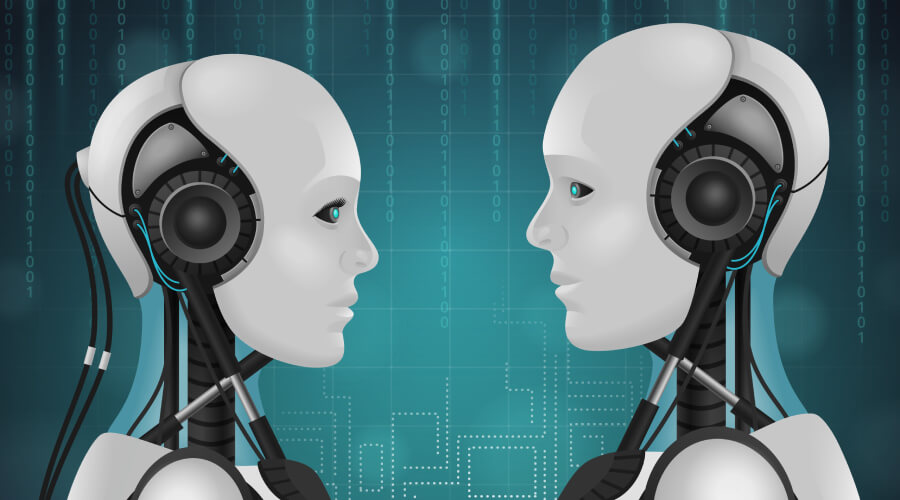
Training Data: Google Bard is prepared on various texts, including publications, reports, and web pages. This gives the model a broad understanding of language. On the other hand, ChatGPT was trained on a large corpus of internet text data, which provides it with a deep understanding of how language is used in various contexts.
Model Architecture: Google Bard uses a transformer-based architecture, while ChatGPT uses a fine-tuned transformer-based architecture. This architectural difference gives ChatGPT the advantage of a more compact language representation.
Performance: Both models have been trained to generate high-quality text, but ChatGPT has been used for a broader range of applications, including chatbots, language translation, and question-answering. ChatGPT is updated till 2021. On the other hand, Google Bard has shown promising results in tasks such as text generation and summarization. Thanks to Google, Bard has an advantage as it has depth and variety of information.
Size and Resource Requirements: Google Bard is a smaller model than ChatGPT and requires fewer computational resources. This makes it more accessible to developers with limited computing power.
Google Bard and ChatGPT are advanced language models with unique strengths and weaknesses. The choice between the two will largely depend on the specific requirements of the task at hand and the available computational resources. Google bard will be available only after a few weeks.
Which one is better Google Bard or ChatGPT
Google Bard and OpenAI’s ChatGPT are powerful language models developed to generate high-quality text. The choice between the two models will largely depend on the specific requirements of the task at hand and the available computational resources.
Google Bard may be a better choice for tasks requiring a broad understanding of language, as it was trained on diverse texts. On the other hand, for jobs requiring a deep understanding of how language is used in various contexts, ChatGPT may be a better choice, as it was trained on a large corpus of internet text data.
Additionally, if computational resources are limited, Google Bard may be the better choice as it is a smaller model requiring less computational power.
Both models have unique capabilities and drawbacks, and the selection between them will rely on the precise necessities of the task and the available computational resources.
In conclusion, Google Bard and OpenAI’s ChatGPT are advanced language models developed to generate high-quality text. Both models have unique advantages and disadvantages, and choosing between them will rely on the precise necessities of the task and the available computational resources.
Google Bard is a smaller model that requires less computational power and is trained on a diverse range of texts, making it a good choice for tasks that require a broad understanding of language. On the other hand, ChatGPT is a larger model trained on a large corpus of internet text data, making it a good choice for tasks that require a deep understanding of how language is used in various contexts.
In the end, both Google Bard and ChatGPT are powerful language models that offer unique advantages. The preference between the two will rely on the precise necessities of the task and the available computational resources. Regardless of the option, both models are helping to push the boundaries of AI language generation and are likely to play a significant role in shaping the future of the field.

